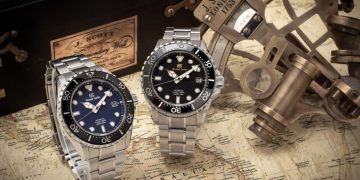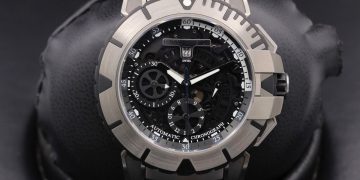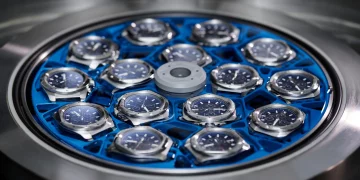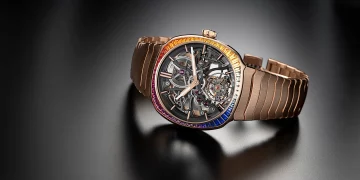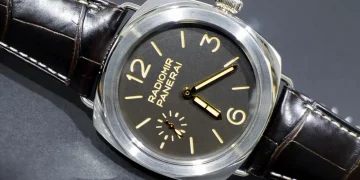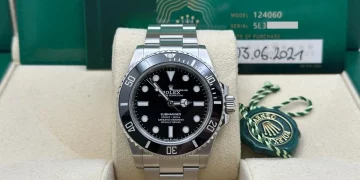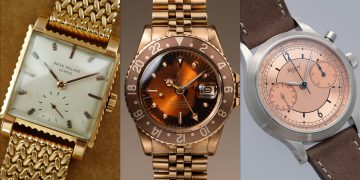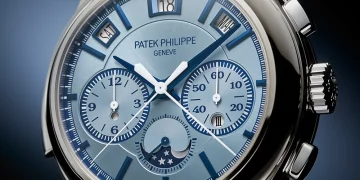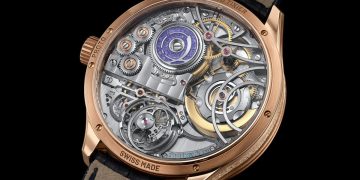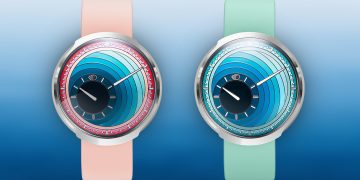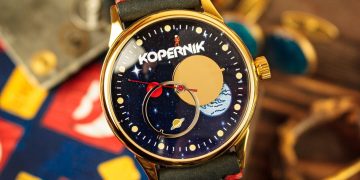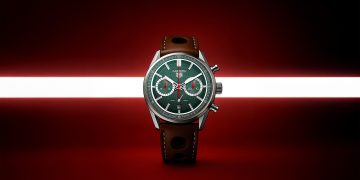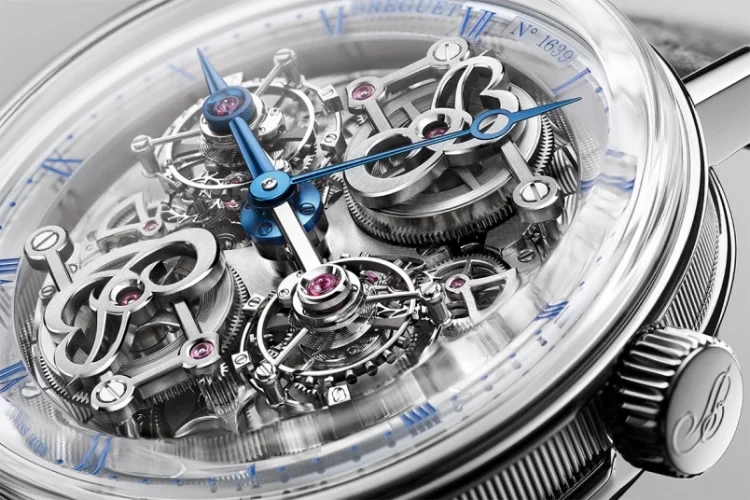Introduction: What Is a Tourbillon and Why Does It Matter?
- Overview of the Tourbillon Complication
Start with an introduction to what a tourbillon is. The tourbillon is a mechanical watch complication designed to improve accuracy by counteracting the effects of gravity on the watch’s balance wheel and escapement. Explain that it was invented by Abraham-Louis Breguet in 1795 as a way to correct the errors caused by gravity in pocket watches. - The Tourbillon’s Place in Watchmaking
Introduce the significance of the tourbillon in horology. Highlight its role in mechanical watchmaking, where it is regarded as one of the most challenging and prestigious complications to execute. Mention that while modern technology and quartz movements have rendered the tourbillon unnecessary for precision, it remains a symbol of engineering excellence and craftsmanship in luxury watches. - Purpose of the Article
This article will dive deep into the technology behind tourbillons, explaining the mechanics, materials, and innovations that make these watches so fascinating. It will also explore how the complication is integrated into modern designs and evaluate its place in today’s watch market.
1. The Mechanics of Tourbillon Technology: How Does It Work?
- Basic Watch Mechanics: A Quick Recap
Before explaining the tourbillon, review the basic functioning of a mechanical watch. Discuss the balance wheel, escapement, and how energy from the mainspring is transmitted through gears to power the watch. This will lay the foundation for understanding how the tourbillon functions within this system. - The Concept Behind the Tourbillon
Detail the problem the tourbillon was invented to solve—gravity’s effect on timekeeping. When a watch remains in a fixed position, gravity causes the balance wheel and escapement to lose precision. The tourbillon addresses this issue by rotating the escapement and balance wheel in a rotating cage, ensuring that gravity’s influence is evenly distributed throughout the movement.- Components of a Tourbillon:
- Balance wheel
- Escapement
- Tourbillon cage
- Bridge and supports
- Drive system
Explain how these components work together to maintain accuracy despite the position of the watch.
- Components of a Tourbillon:
- Tourbillon in Action: How It Improves Accuracy
Discuss how the rotating cage helps keep the escapement and balance wheel constantly in motion, reducing errors caused by gravity. Explain that in most high-end tourbillons, this cage rotates once per minute, but some advanced versions feature multi-axis rotation for further precision. - Types of Tourbillons: Single-Axis vs. Multi-Axis
Explore the difference between single-axis and multi-axis tourbillons.- Single-axis tourbillon: The cage rotates on one axis, typically making one full rotation per minute. Most traditional and affordable tourbillons are single-axis.
- Multi-axis tourbillon: These advanced models rotate on multiple axes, making the complication more visually impressive and mechanically challenging. Discuss how this setup improves the movement’s precision further.
- Flying Tourbillon: What Makes It Special?
A flying tourbillon does not have a bridge on the side of the rotating cage, making it appear as though the cage is “floating.” Explain the complexity involved in designing and securing such a mechanism, and why this version is regarded as particularly prestigious.
2. The Technological Innovations Behind Modern Tourbillons
- Material Advancements in Tourbillon Watches
Discuss the evolution of materials used in tourbillons. Traditional tourbillons were constructed using brass and steel, but today, advanced materials like titanium, ceramics, and silicon are commonly used. These materials help reduce the weight and increase the durability of the watch, making the tourbillon more efficient. - Silicon Components: Revolutionizing Tourbillons
One of the biggest technological advances in modern watchmaking has been the use of silicon for components like the balance spring, escapement, and even the tourbillon cage. Silicon has numerous advantages:- Anti-magnetic properties
- Resistance to wear and tear
- Lower friction
- Reduced need for lubrication Discuss how these properties contribute to the improved accuracy and longevity of modern tourbillon movements.
- Smartwatch Integration and Hybrid Tourbillons
With the rise of smartwatch technology, some brands have attempted to integrate smart features with traditional mechanical movements. Discuss the challenges and experiments with integrating tourbillons into smartwatches or creating hybrid movements that combine mechanical technology with digital components. - Innovations in the Rotating Cage Mechanism
Explore the design innovations made to the rotating cage itself. Some watchmakers have employed double or triple cages, where one cage rotates within another, creating even more complexity. Examine the technical advantages of these designs and how they enhance the precision and aesthetic appeal of the watch.
3. The Integration of Tourbillons into Modern Watch Designs
- Tourbillons in High-End Watches
Provide a detailed look at how the tourbillon is integrated into modern, luxury watches. Discuss how the complication is used as a showcase feature for watch brands, often visible through transparent dials or sapphire case backs, allowing collectors and wearers to admire the beauty and complexity of the movement. - Tourbillons in Complicated Watches
Explain how the tourbillon is often paired with other complications such as perpetual calendars, moon phase displays, minute repeaters, or chronographs. Highlight some examples of watches that feature multiple complications, showcasing the true mastery of horological engineering. - Design Aesthetics: The Tourbillon as a Centerpiece
Discuss how modern designers use the tourbillon not only for its technical merits but as an aesthetic feature. With watches like the Audemars Piguet Royal Oak Tourbillon or the Patek Philippe Grand Complications, the tourbillon has become a centerpiece of the design, often occupying a prominent position on the dial. Talk about how watchmakers balance mechanical engineering with visual appeal in these luxury pieces.
4. Evaluating Tourbillon Watches: What Makes Them So Expensive?
- High-Level Craftsmanship and Skill
The complexity of the tourbillon requires a high level of craftsmanship. Watchmakers who specialize in tourbillons must possess remarkable skill in precision engineering, assembly, and finishing. Discuss the labor-intensive process of assembling a tourbillon movement by hand, which can take weeks, contributing to its high price. - The Cost of Materials
The materials used in high-end tourbillons, such as gold, platinum, or rare alloys, significantly increase the cost. Discuss the expensive nature of materials like 18k rose gold, white gold, or titanium and how these materials contribute to the watch’s overall value. - Limited Production and Rarity
The rarity of tourbillon watches is another factor in their high cost. Because of the difficulty and precision required to craft tourbillons, they are often produced in limited quantities, making them exclusive and highly sought after by collectors. Limited-edition models and one-of-a-kind tourbillons can command significantly higher prices at auctions. - Prestige of the Brand
Some of the most prestigious brands, including Patek Philippe, Jaeger-LeCoultre, Audemars Piguet, and Breguet, are known for producing high-quality tourbillon watches. The reputation of these brands adds to the value of their timepieces, making them even more desirable.
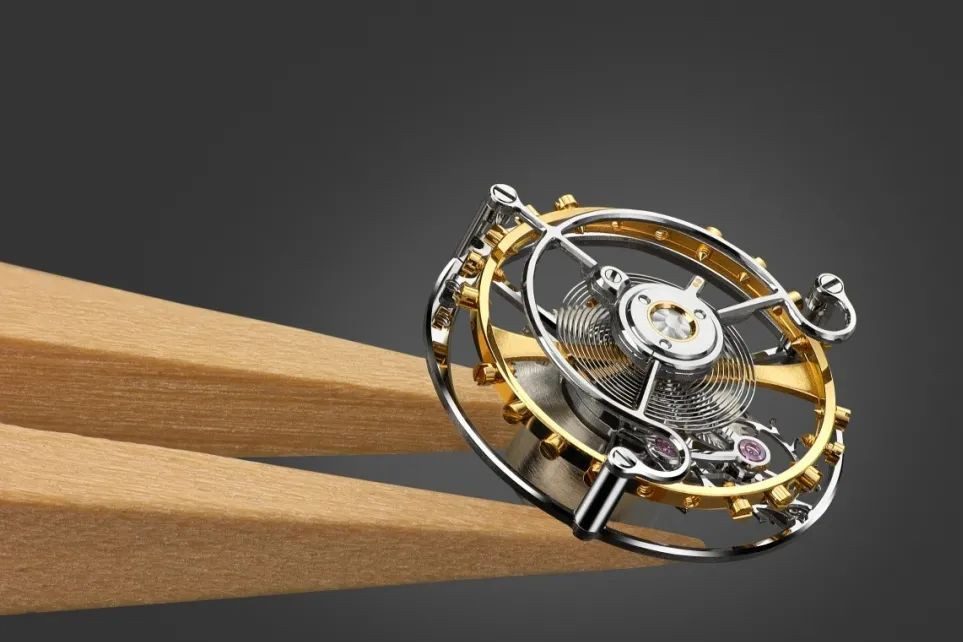
5. The Practicality and Debate Surrounding Tourbillons
- Practical Use in Modern Life
While the tourbillon is a marvel of engineering, it’s often argued that it is more of an aesthetic and status symbol than a necessity. Modern mechanical watches, including those without a tourbillon, are already highly accurate. Discuss the practicality of wearing a tourbillon watch daily and whether the complication truly serves a purpose in an era of high-precision quartz movements and smartwatches. - The Criticism of Overuse
With the rise in popularity of tourbillons, some critics argue that the complication has been overused. Discuss whether the market is oversaturated with tourbillons and whether some manufacturers exploit the complication as a marketing tool rather than a functional improvement.
6. Conclusion: The Timeless Appeal of Tourbillon Technology
- A Symbol of Watchmaking Excellence
Despite criticisms regarding practicality, the tourbillon remains one of the most revered complications in the world of horology. It represents a level of craftsmanship, innovation, and artistry that few other watch complications can match. - Continued Innovation in Tourbillon Technology
As watchmakers continue to experiment with new materials, movements, and designs, the tourbillon is likely to evolve further. Discuss how the tourbillon is likely to continue to play an important role in the future of horology, not just as a complication, but as an ongoing challenge for the most elite watchmakers. - Conclusion: The Legacy Lives On
Conclude by reiterating the significance of tourbillons in watchmaking. Their combination of aesthetic beauty, mechanical sophistication, and symbolic prestige ensures that they will remain a hallmark of fine watchmaking for years to come.


